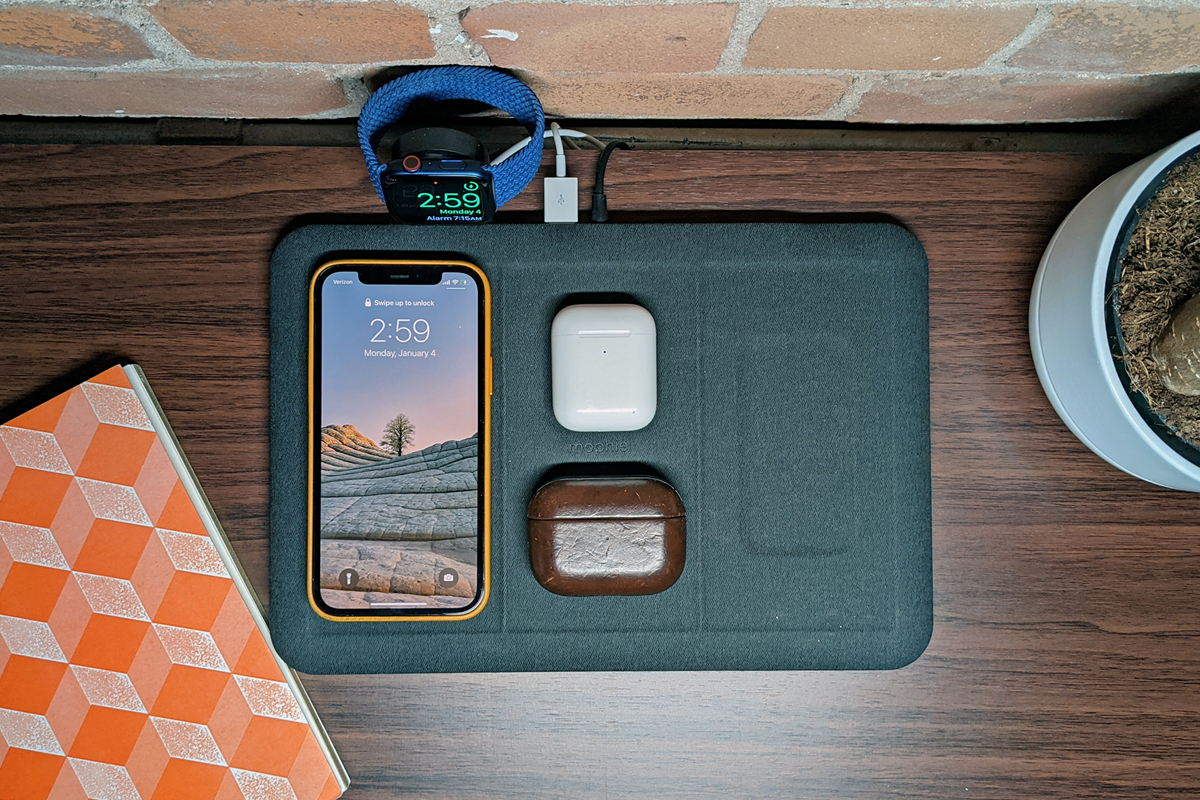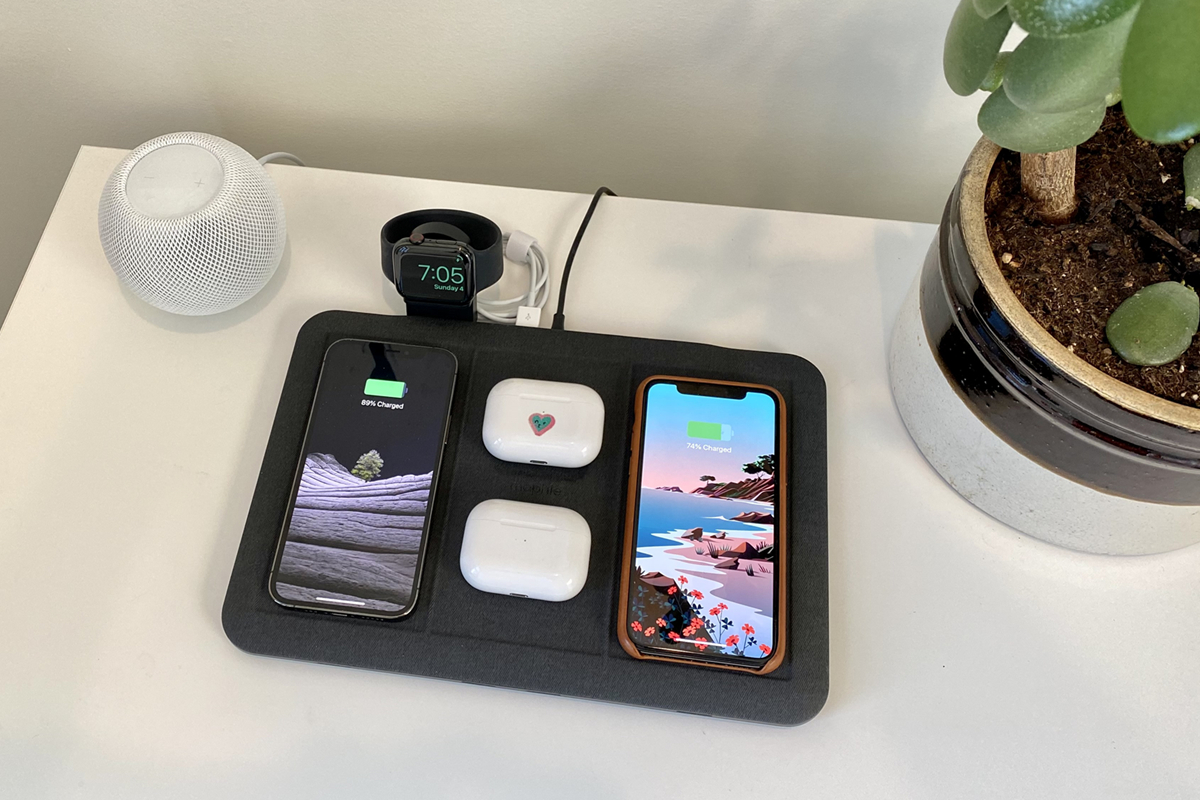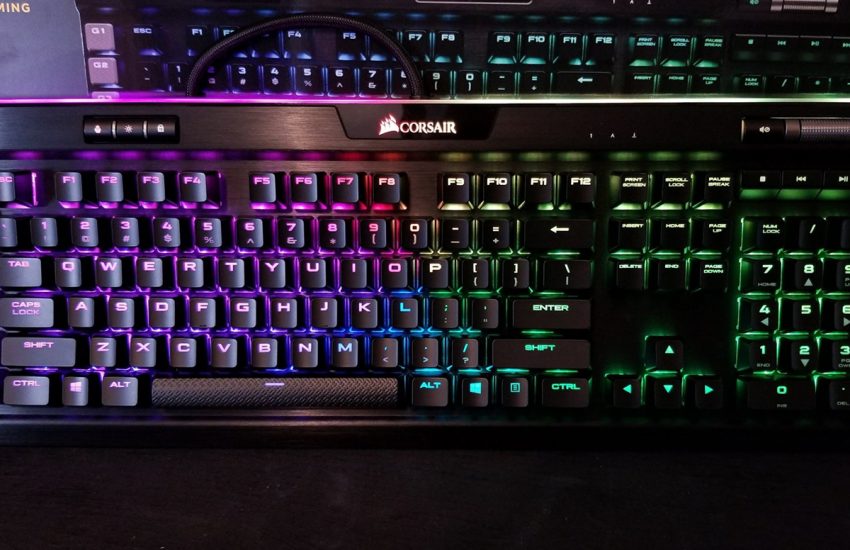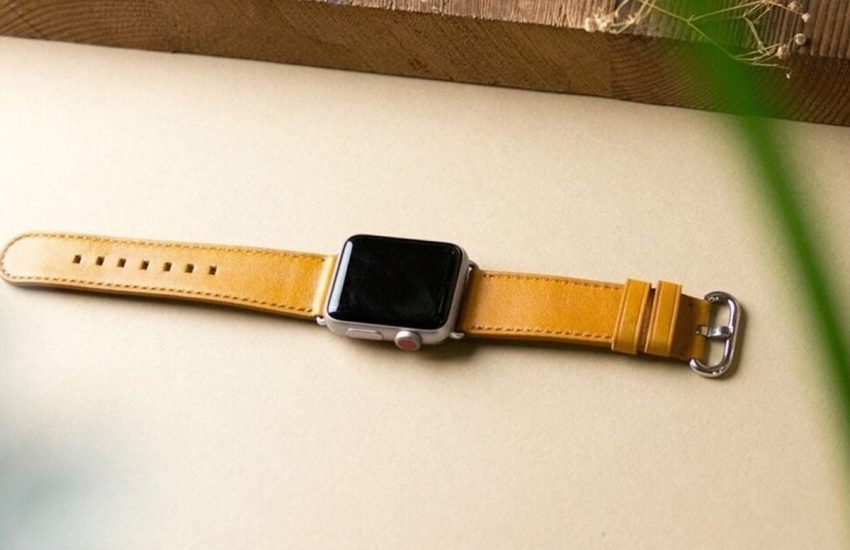Technology: Wireless Charging Mat
Wireless charging involves the process of transferring power from an electrical source to a device without the need for a cable. It includes a pad that transmits electric currents and a receiver, which can be integrated into a device. The said pad includes a cable running from the socket, so it isn’t completely cable-free. It is formed through inductive charging which utilizes a power current that initiates an EMF or electromagnetic field between two coils. The magnetic field produces a power current along with the device as the magnetic plate on the device makes interaction with the conductor. This current is converted to DC or called direct current, which charges the embedded battery. The most common wireless standard is Qi. The WPC or Wireless Power Consortium produced the Qi for the said inductive charging over a range of up to 40 millimeters. A few wireless chargers are quicker than others, with contemporary higher-powered chargers capable of fully charging a smartphone with a large battery in about two hours. It’s currently being used in a multitude of automobiles as well. Qi has three different power requirements and has numerous wattages for use, but a minimum of 5W is required, while some are compatible with 7.5 Watts, 10 Watts, and up to 15 Watts, with a subsequent model of the standard allowing for up to 30W. The charging mat and the device should be in close enough proximity to each other and correctly aligned over the top of one another, but a specified orientation is generally not necessary. The major disadvantage is that current technology does not allow for wireless charging through metal, featuring only either plastic or glass backs. Several leading smartphone manufacturers have adopted Qi wireless charging, such as Apple, Sony, Samsung, Huawei, Nokia, LG, HTC, Blackberry, and Motorola. Apple’s new iPhone 8 and iPhone X feature the standard Qi wireless charging.

Hi~Living Deals from "SmugMug"



